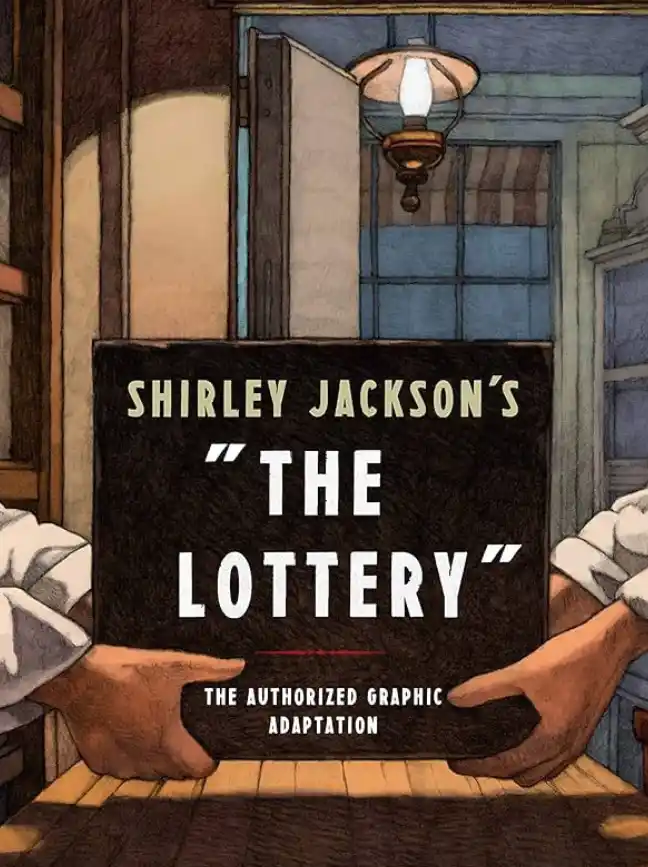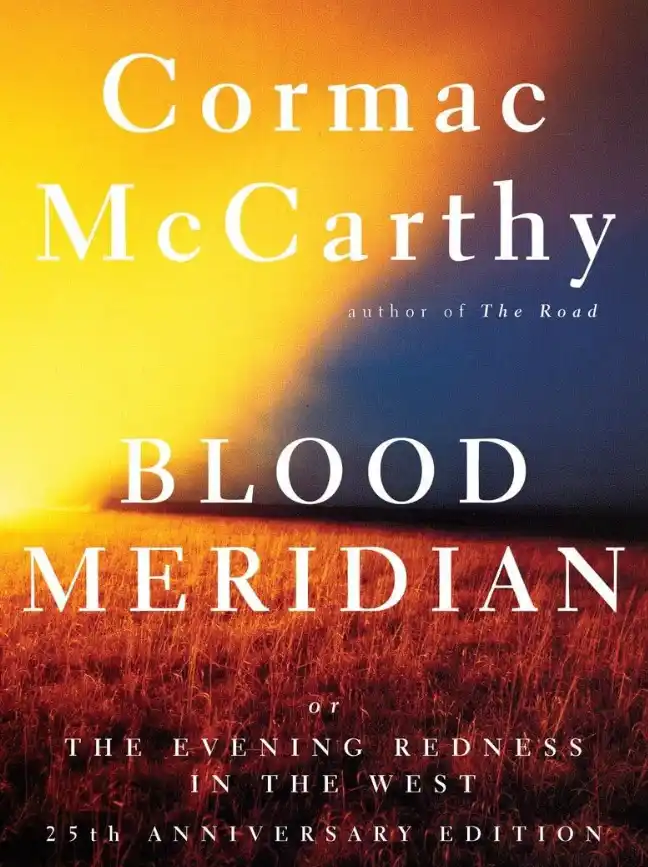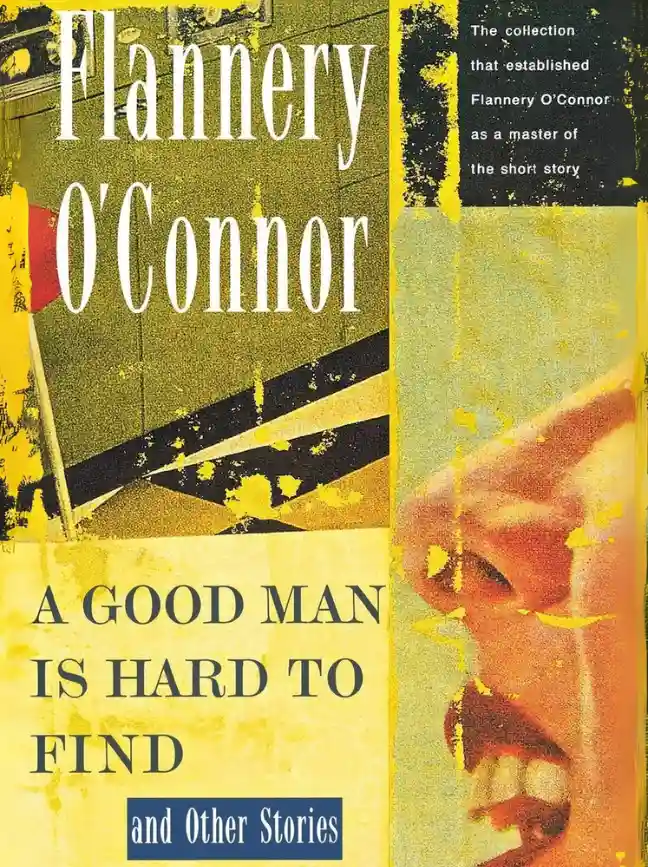1970
Prosecutor Eric Chastain had been questioning the sheriff about the two boys who discovered Chase Andrews’s body at the
base of the fire tower on October 30, the doctor’s examination, and the initial investigation.
Eric continued. “Sheriff, please tell us what led you to believe that Chase Andrews had not fallen from the tower by accident. What made you think a crime had been committed?”
“Well, one of the first things I noticed was there weren’t any footprints around Chase’s body, not even his own. Except those made by the boys who found him, so I figured somebody had destroyed them to cover up a crime.”
“Isn’t it also true, Sheriff, that there were no fingerprints and no vehicle tracks at the scene?”
“Yeah, that’s correct. The lab reports stated there were no fresh fingerprints on the tower. Not even on the grate, which somebody had to open. My deputy and I searched for vehicle tracks, and there weren’t any of those either. All this indicated that someone had purposely destroyed evidence.”
“So when the lab reports proved that red wool fibers from Miss Clark’s hat were found on Chase’s clothing that night, you . . .”
“Objection, Your Honor,” Tom said. “Leading the witness. And besides, testimony has already established that the red fibers could have been transferred from Miss Clark’s clothing to those of Mr. Andrews prior to the night of October 29 to 30.”
“Sustained,” the judge boomed.
“No more questions. Your witness.” Eric had known the sheriff’s testimony would be somewhat weak for the prosecution— what can you do with no murder weapon and no finger-, foot-, or truck prints—but there was still enough meat and gravy to convince the jury someone had murdered Chase, and considering the red fibers, that someone could’ve been Miss Clark.
Tom Milton walked to the witness box. “Sheriff, did you or anybody else ask an expert to look for footprints or for evidence that footprints were wiped out?”
“That wasn’t necessary. I am the expert. Footprint examination is part of my official training. I didn’t need another expert.”
“I see. So was there evidence that footprints had been wiped off the ground? I mean, for example, were there marks from a brush or branch to cover tracks? Or was there mud moved on top of other mud? Any evidence, any photographs of such an act?”
“No. I’m here to testify as an expert that there were no footprints under the tower except ours and the boys’. So somebody had to have wiped them out.”
“Okay. But, Sheriff, it’s a physical characteristic of the marsh that as the tides come in and out, the groundwater—even far beyond the tide—goes up and down, making areas dry for a while, then a few hours later the water rises again. In many places, as the water rises it soaks the area, wiping out any marks in the mud, such as footprints. Clean slate. Isn’t that true?”
“Well, yeah, it can be like that. But there’s no evidence that something like that occurred.”
“I have here the tide table for the night of October 29 and the morning of October 30, and see, Sheriff Jackson, it shows that low tide was around midnight. So, at the time Chase arrived at the tower and walked to the steps, he would have made tracks in the wet mud. Then when the tide came in and the groundwater rose, his tracks were wiped out. That’s the reason you and the boys made deep tracks, and the same reason that Chase’s prints were gone. Do you agree that this is possible?”
Kya nodded slightly—her first reaction to testimony since the trial began. Many times she’d seen marsh waters swallow yesterday’s story: deer prints by a creek or bobcat tracks near a dead fawn, vanished.
The sheriff answered, “Well, I’ve never seen it wipe out anything so complete as that, so I don’t know.”
“But, Sheriff, as you said, you’re the expert, trained in footprint examination. And now you say you don’t know if this common occurrence happened that night or not.”
“Well, it wouldn’t be that hard to prove one way or the other, would it? Just go out there at low tide, make some tracks, and see if they are wiped out when the tide comes in.”
“Yes, it wouldn’t be that hard to determine one way or the other, so why wasn’t it done? Here we are in court, and you have no proof whatsoever that a person wiped away footprints to cover a crime. It’s more likely that Chase Andrews did leave prints under the tower and that they were washed away by the rising groundwater. And if some friends had been with him to climb the tower for fun, their footprints would have been washed away as well. Under these very likely circumstances, there is no suggestion whatsoever of a crime. Isn’t that correct, Sheriff?”
Ed’s eyes darted left, right, left, right, as if the answer were on the walls. People shifted on the benches.
“Sheriff?” Tom repeated.
“In my professional opinion, it seems unlikely that a normal cycle of rising groundwater would completely wash away footprints to the extent that they disappeared in this case.
However, since there was no sign of a cover-up, the absence of footprints does not, by itself, prove there was a crime. But—”
“Thank you.” Tom turned toward the jury and repeated the sheriff’s words. “The absence of footprints does not prove there was a crime. Now, moving on, Sheriff, what about the grate that was left open on the floor of the fire tower? Did you examine it for Miss Clark’s fingerprints?”
“Yes, of course we did.”
“And did you find Miss Clark’s fingerprints on the grate or anywhere on the tower?”
“No. No, but we didn’t find any other fingerprints either, so . . .” The judge leaned over. “Only answer the questions, Ed.”
“What about hair? Miss Clark has long black hair—if she had climbed all the way to the top and was busy on the platform,
opening a grate and such, I would expect there to be strands of her hair. Did you find any?”
“No.” The sheriff’s brow glistened.
“The coroner testified that, after examining Chase’s body, there was no evidence that Miss Clark was in close proximity to him that night. Oh, there were those fibers, but they could have been four years old. And now, you’re telling us that there is no evidence whatsoever that Miss Clark was even on the fire tower that night.
Is that a correct statement?” “Yes.”
“So we have no evidence that proves Miss Clark was on the fire tower the night Chase Andrews fell to his death. Correct?”
“That’s what I said.” “So that’s a yes.” “Yeah, that’s a yes.”
“Sheriff, isn’t it true that those grates on top of the tower were left open quite frequently by kids playing up there?”
“Yeah, they were left open sometimes. But like I said earlier, it was usually the one you had to open to climb on top, not the other ones.”
“But isn’t it true that the grate by the stairs and occasionally the others were left open so often and considered so dangerous that your office submitted a written request to the U.S. Forest Service to remedy the situation?” Tom held a document out to the sheriff. “Is this the official request to the Forest Service on July 18 of last year?” The sheriff looked at the page.
“Yeah. That’s it.”
“Who exactly wrote this request?” “I did it myself.”
“So only three months before Chase Andrews fell to his death through an open grate on the fire tower, you submitted a written request to the Forest Service asking them to close the tower or secure the grates so that no one would be hurt. Is that correct?”
“Yeah.”
“Sheriff, would you please read to the court the last sentence of this document that you wrote to the Forest Service? Just the last sentence, here.” He handed the document to the sheriff, pointing at the last line.
The sheriff read out loud to the court, “‘I must repeat, these grates are very dangerous and if action is not taken, a serious injury or even death will occur.’”
“I have no further questions.”







